Juhani Pallasmaa. Luis Grañena
Through his essays, Juhani Pallasmaa (Hämeenlinna, Finland, 1936) has always sought to spread the idea of empathetic architecture and humility.
The Finnish architect, former dean of the Helsinki University of Technology, now at 86 years old, away from the heat of the architectural debate, is a tracker of sensitivity through works on the evolution of skills, intelligence and conceptual capacities of man.
Director of the Museum of Finnish Architecture (1978-1983) and director of the Helsinki Institute of Industrial Arts, in that capital he created his architecture studio in 1983, and works such as the Kamppi Center.
An architect animated by philosophy, in his career architecture and thought are indivisible, and nothing better shows than his latest essay:
Disseminations.
Seeds for Architectural Thought
(GG editorial), in which he reaffirms the thesis that we live "in the flesh of the world" (Merleau-Ponty), and architecture gives us our foothold in that same flesh;
a synthesis of his reflections on lived space, biophilic beauty (love of nature), the smells of architecture, atmospheric intelligence, the influence of architecture on cinema, the importance of architecture without architects that he studied Bernard Rudofsky or humility.
Pallasmaa dedicates numerous entries to time and eternity, to the materiality of light, to physical and mental landscapes, amplifiers of emotions.
And so he highlights, for example, the optimism he experiences when approaching the Paimio sanatorium, one of the masterpieces of Alvar Aalto, also a Finnish architect.
That building exemplifies very well that significant architecture arises from facts, coincidences, life experiences rather than from personal artistic inventions.
Aalto accepted the commission while ill and finally someone designed the windows of a hospital thinking of those who are lying down.
The relationship between Aalto and Pallasmaa goes beyond the architectural experience.
Proof of this are not only the number of pages dedicated to Alvar Aalto, but also to his close collaborator and first wife, Aino.
Disseminations is
a dictionary of terms from A for Water to V for peripheral vision.
In between, in the entry "the empathic imagination", Pallasmaa points out that the Paimio sanatorium is not only a landmark of functionalist architecture, but also an example of the ability of the genius that was Aalto, who realized that all the rooms in Hospitals in the world were designed for people standing up and they removed the air conditioning because the natural air flow is much better for the head, all to verify that the true client of an architect is not the one who commissions the building, but the common human being , or the human being at his weakest point.
According to Luis Feduchi, architect and professor, Pallasmaa has been able to see, beyond the media, real estate or commercial aspects of our contemporary times, "that the value of architecture resides in a work of synthesis where each and every one of these aspects must be placed at the service of man, tradition and the environment”.
Pallasmaa insists that the work should express the beauty of the world and existence rather than the ideas of the architect.
Furthermore, in matters of design and architecture, it is very easy to detect that beauty is not the opposite of ugliness, but rather the opposite of false.
He is more an ethical theoretician than a technical one.
Hence, he cannot avoid going back to childhood, to the purest look possible, to when he grew up and was educated in a village house.
Childhood evoked today as a
collage
of fragments, smells, light conditions, feelings, intimacy... more than complete visual memories.
"My eyes have forgotten what they saw at the time, but my body still remembers it," he writes.
He lived at the time when the classics were read, so for him no one like Shakespeare can explain the complexity of life, that same complexity that Einstein is capable of reducing to its essence.
Chekhov, Rilke, Brodsky were also a school and he returns to them from time to time.
It is probable that the cold of the north made him reflective, in favor of silence and, when not, of chamber jazz, but it in no way prevented him from being a cosmopolitan and a great
connoisseur
of the world.
Thus, his encounter with Africa between 1972 and 1974, when he was a professor at the Haile Selassie I University in Addis Ababa, changed the way he saw foreign cultures, and he began an internal journey and made him aware of the importance of materials. and tactile experiences.
This corporality of Juhani Pallasmaa's work is also highlighted by the architect and landscape designer María Auxiliadora Gálvez, who shared space with Pallasmaa in an audio collection,
Remember your Body
, at Coventry University.
“There appears this idea that when entering a room, the room also enters us, that is, there is a continuum of the body with the flesh of the world of which architecture is one more layer.
In this way, Pallasmaa conceives the architectural act as the design of the relationships and links that our own skin establishes with life by going through it and this intertwines architecture with psychological but also cosmic aspects”, he says.
This relational movement of the body and architecture leads us to the cinema, another great theme in his work.
For him, cinema is the closest artistic expression to architecture, since both occupy the lived space and mediate integral images of life.
Pallasmaa elaborates on illuminating examples of his admirers of Alfred Hitchcock or Tarkovski.
They are two directors who examine the architectural metaphysics of fear and melancholy and reveal the powerful interaction between setting and narrative, like Fritz Lang or Truffaut, whose film
Sabotage
was the story of two characters and a house.
Georges Duhamel, in
Scenes from the Afterlife
, an essay from 1930, already said that there is a hallucinatory effect in the cinematographic experience: "Moving images replace my own thoughts."
Thus, architecture must direct intentions, emotions and thoughts through the hallucinatory air that awakens.
Subscribe here
to the weekly newsletter of Ideas.
Subscribe to continue reading
Read without limits
Keep reading
I'm already a subscriber

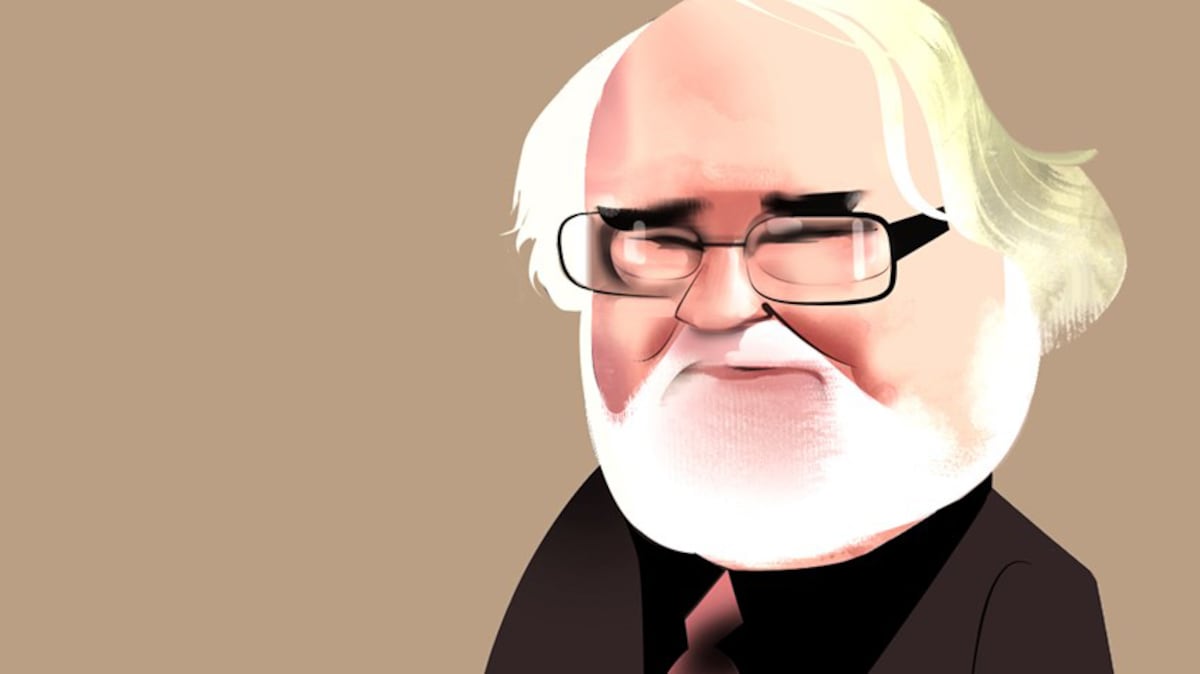
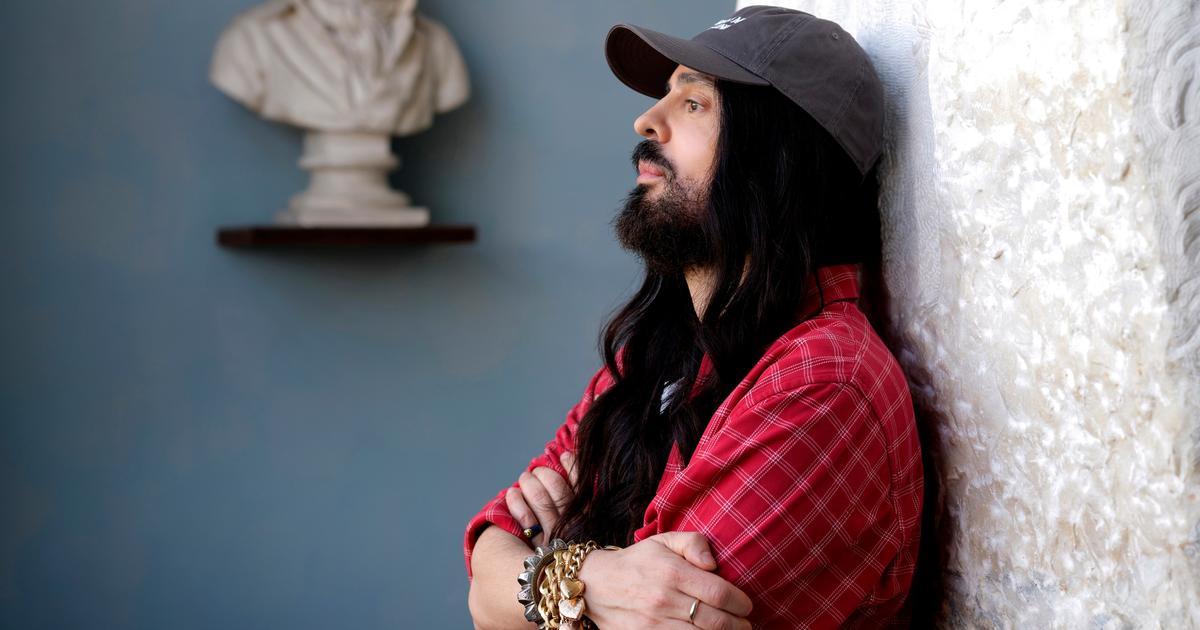

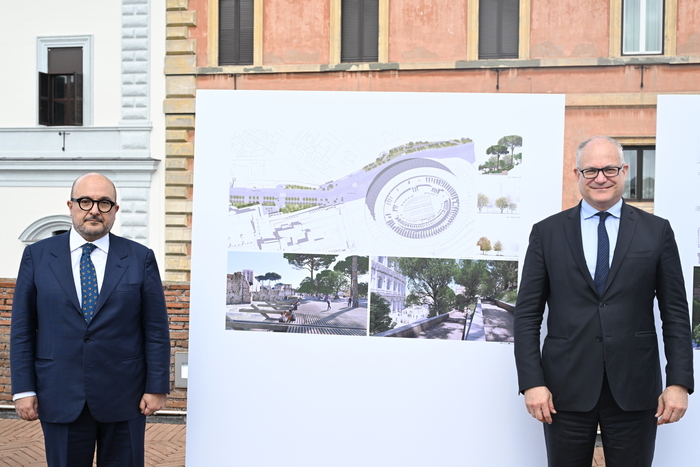

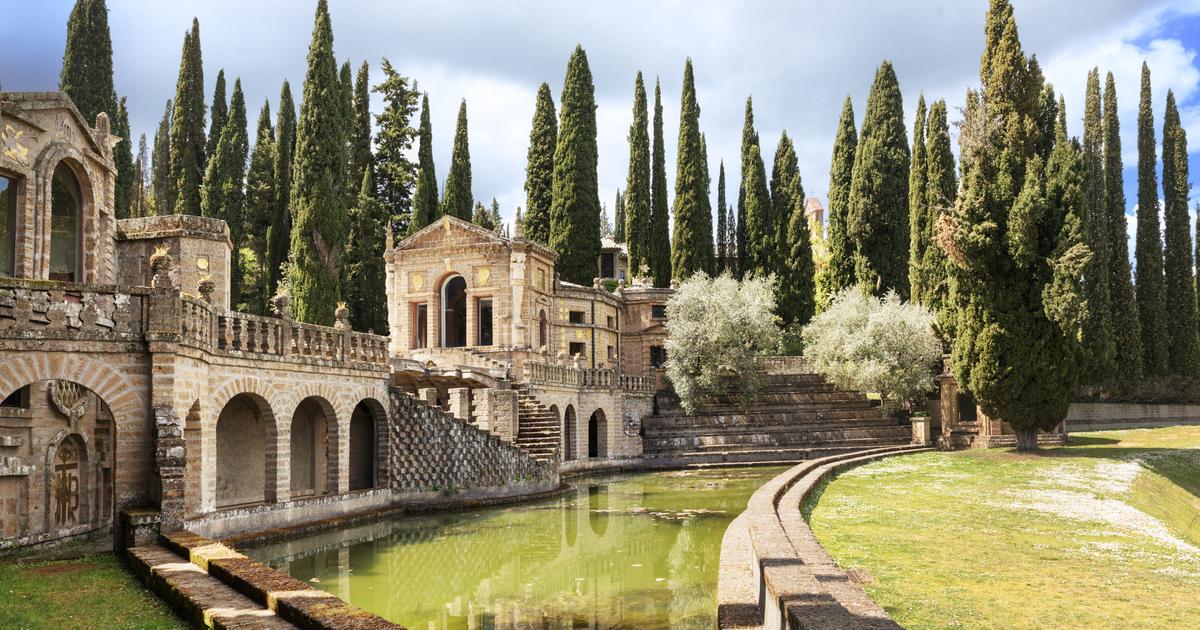

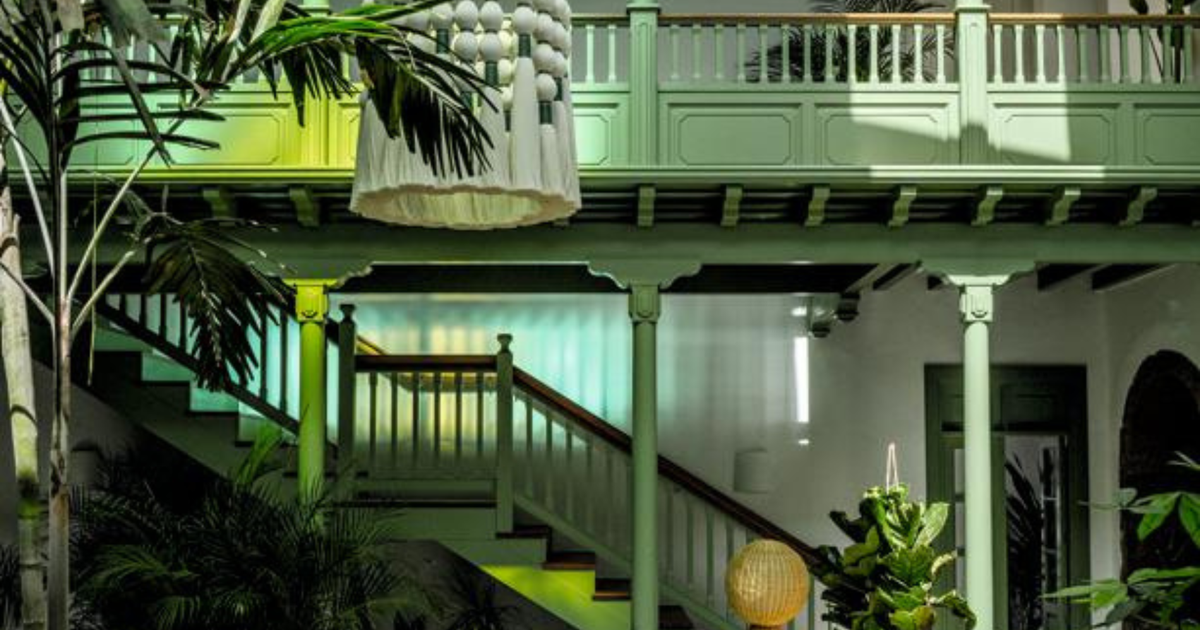
/cloudfront-eu-central-1.images.arcpublishing.com/prisa/4UNLOLSOOJFW3BFSMQTG4S44CY.jpg)

/cloudfront-eu-central-1.images.arcpublishing.com/prisa/KMEYMJKESBAZBE4MRBAM4TGHIQ.jpg)


/cloudfront-eu-central-1.images.arcpublishing.com/prisa/EXJQILQR5QI7OMVRTERD7AEZAU.jpg)
